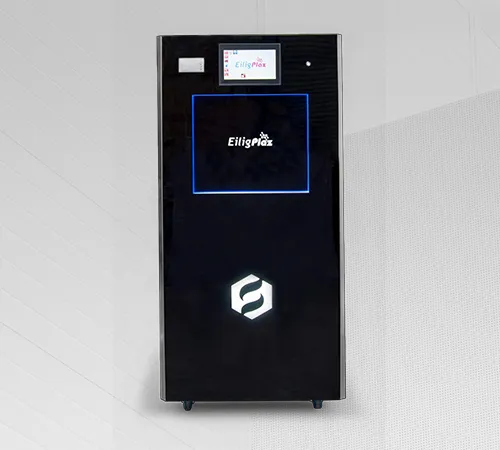Top Biochemistry Analyzer for Hospitals
Reinventing Patient Care Within a hospital environment, where quick and accurate diagnosis is often literally a matter of life and death, the biochemistry analyzer is a valuable gem.
The equipment is depended upon by hospitals to provide quick results for all types of tests to enable clinicians to make quick and informed decisions regarding the management of patients.
Applications include casualty wards, intensive care, and certain specialist wards. Today's hospital biochemistry analyzers are typically completely automatic with an auto-sampler to automate sample handling for large quantities of tests with little or no direct human intervention.
Efficiency and improved patient outcomes are the greatest benefits to hospitals. The test is available on the same sample, and a number of tests can be run at the same time with a high throughput capacity, which nearly eliminates the turnaround time, particularly when dealing with an emergency.

Lastly, sophisticated feature analyzers that possess features such as out-of-control reporting automatically and data integration within Laboratory Information Systems (LIS) also automate, reduce errors, and provide easy access to patient information to the medical staff. Thus, through this level of automation and patient data control, any hospital stands to offer a better quality of care, leading to faster diagnoses, better treatment regimens, and better patient outcomes.

